https://www.facebook.com/Cetacean-Strandings-Investigation-Programme-UK-strandings-142706582438320/?hc_ref=PAGES_TIMELINE&fref=nf
If you can't open the Facebook link above, I have copied below what the CSIP have written on their Facebook site about the Fin Whale at Holkham, Norfolk:
Tuesday 25th October
Following on from the last post (21st Oct), we’ve received some additional information that helps further our understanding of the fin whale which stranded at Holkham last week. One image taken of the whale by a local photographer (Penny Clarke, http://pennyshotbirdingandlife.blogspot.co.uk/) before we arrived, when the body had moved on the tide, shows an apparent deep laceration on the left side of the body, roughly corresponding with the location of the distortion to the body which we had described in the previous post.
This was the side we couldn’t access last Friday and as we mentioned, there was a question mark about whether there might have been any scarring or traumatic injuries to this aspect of the whale. As stated in our first post, the spinal abnormality could have been congenital or could have been due to an historical traumatic event- this new evidence now suggests that the latter is more likely. Although we can’t determine the potential cause/s of the lesion without having examined it directly ourselves, it is certainly reasonable to presume it might have been the result of an earlier ship strike (e.g. from the keel of a vessel). So we now speculate that the possible sequence of events might have been;
• historical traumatic event such as ship strike, which injured but didn't kill the whale
• damage to and distortion of the vertebra/musculature
• limiting the range of movement in the caudal peduncle (tail stock)
• causing progressive wasting of this area
• limiting the ability to dive and feed
• leading to starvation and eventual live stranding and death.
We have amended the provisional cause of death to 'starvation, sequential to spinal abnormality (possible historical ship-strike)', pending the results of follow up analyses.
One thing we didn’t include in the last post was some contextual information. Of the approximately 600 cetacean strandings annually reported around the UK, between 2-4/year are fin whales (data CSIP database, 2010-2015). This is the fourth fin whale reported in the UK this year and is the 10th reported on the southern North Sea facing coastline of England since the inception of the CSIP in 1990 (data CSIP dataset, 1990-current), with the last recorded in Kent in 2015. So although there have been some media comments about this stranding being a really unusual event, it is something that has happened within the recent past.
Finally, ship-strike in fin whales is a finding that the CSIP has previously recorded in the UK, with the last case being the fin whale found stranded on the north Kent coast in 2015. The data we collect feeds into both national and international reporting, in an effort to learn more about this issue and hopefully mitigate against it in the future.
Image credit Penny Clarke
My account on Thursday 21st October:
http://pennyshotbirdingandlife.blogspot.co.uk/2016/10/gun-hill-burnham-overy-dunes-fin-whale.htm






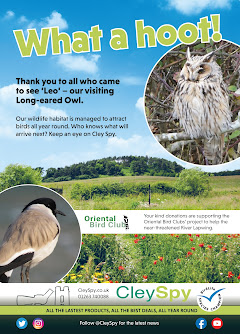






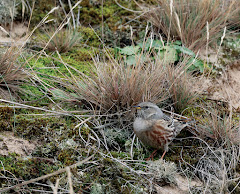

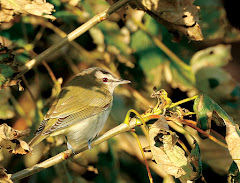
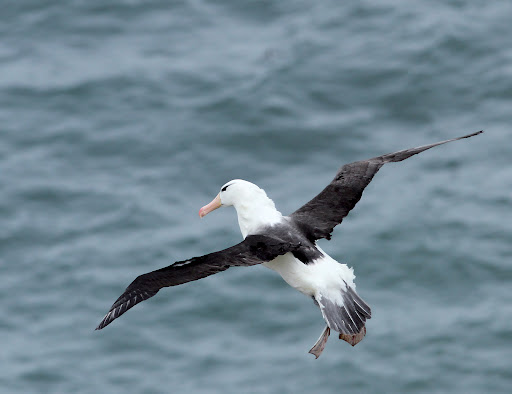
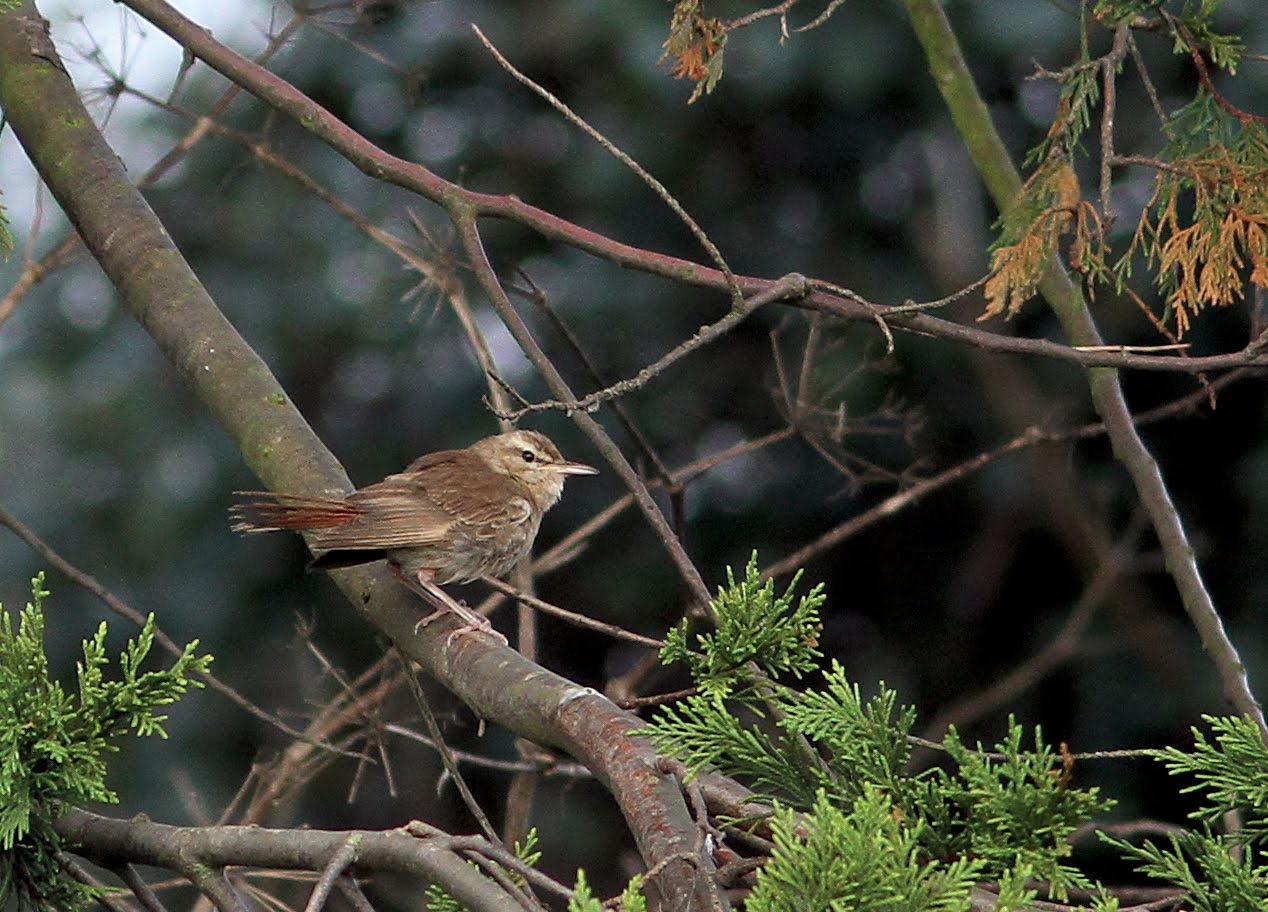

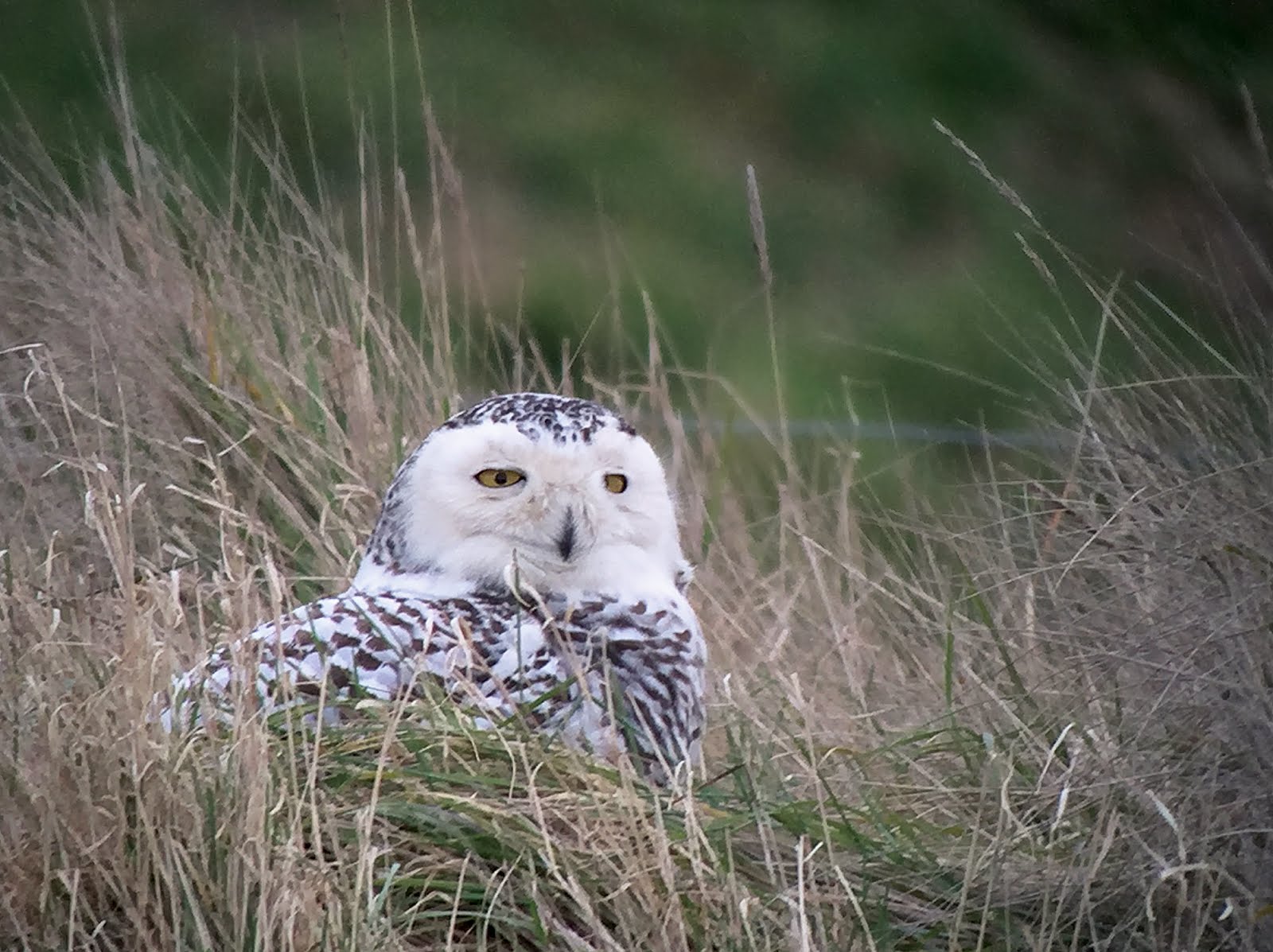

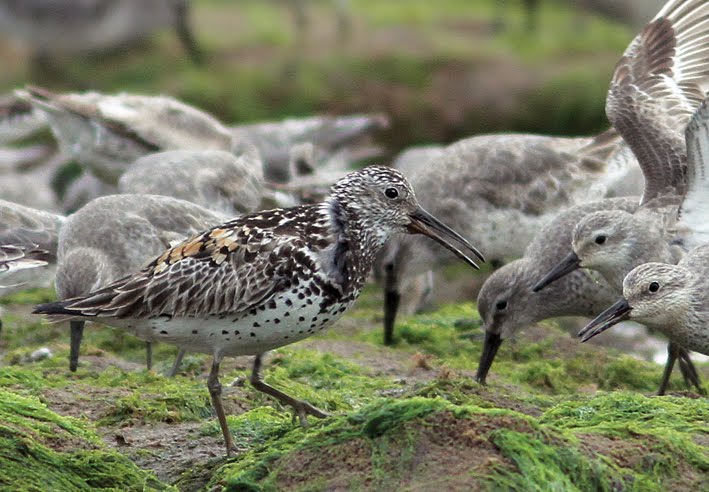
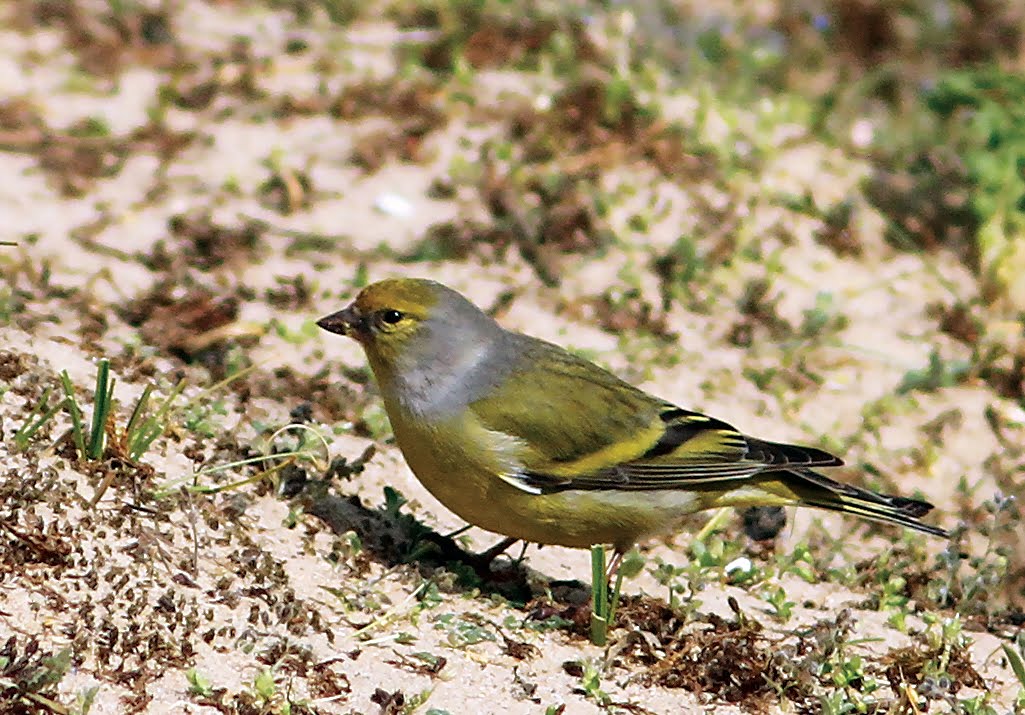
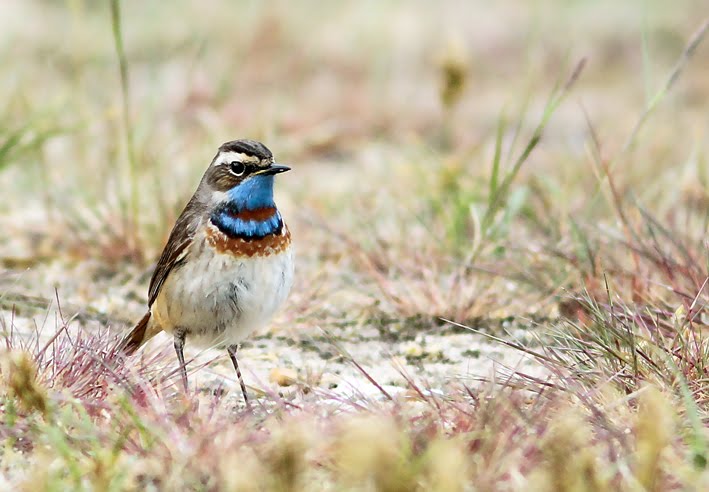

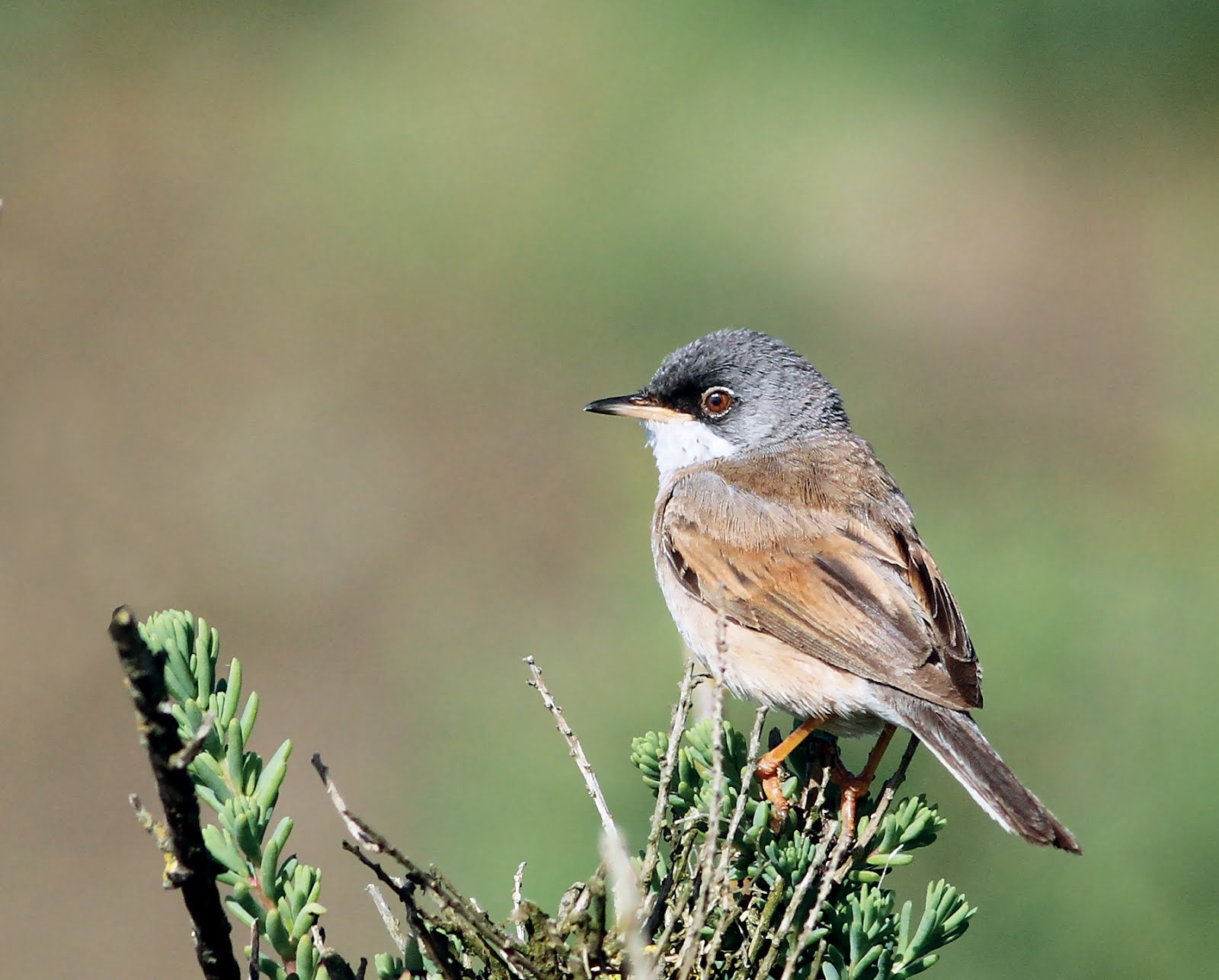

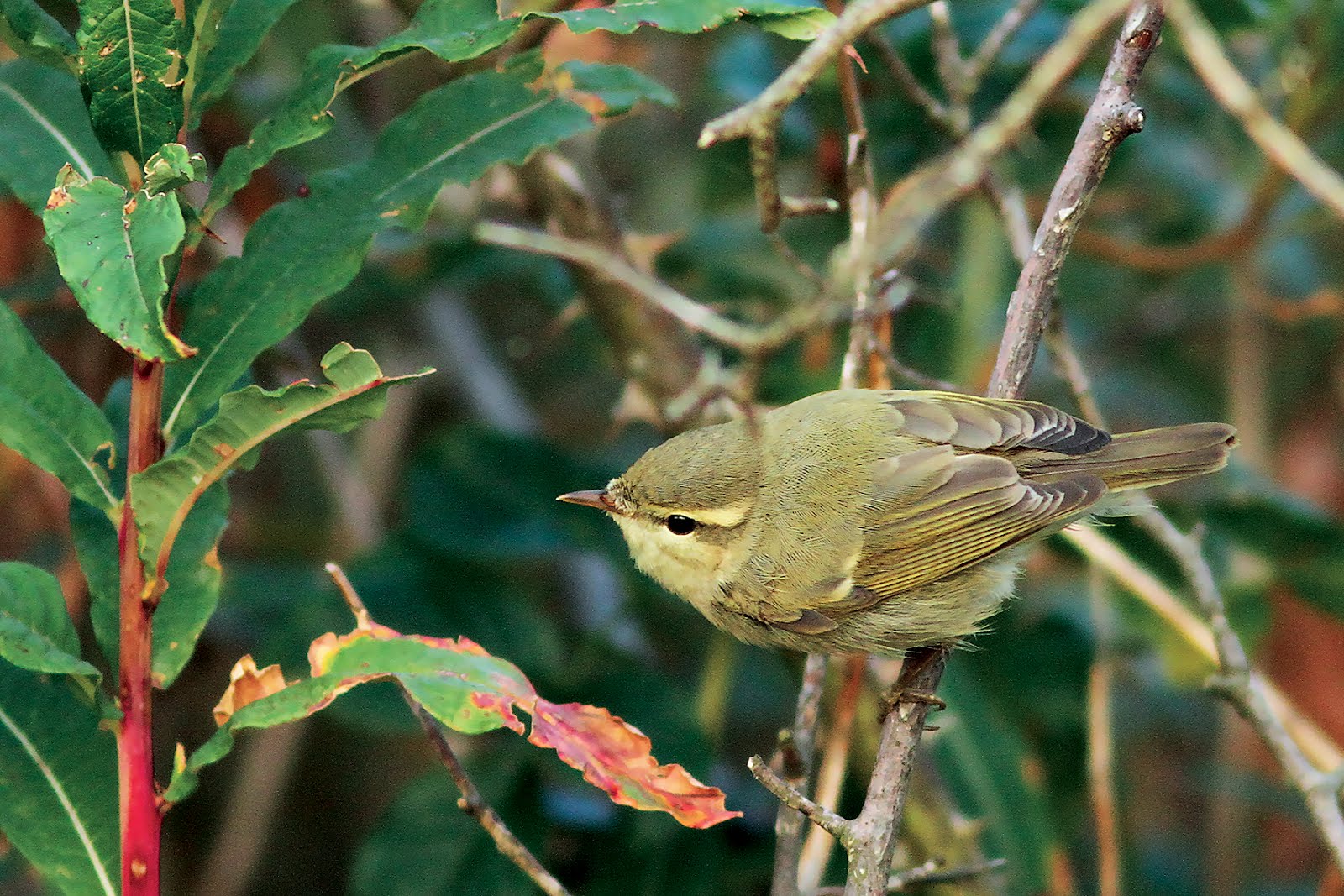


No comments:
Post a Comment